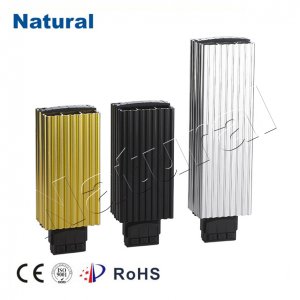Element heaters, also known as heating elements, are crucial components in various electrical appliances that require heat production. Their ability to convert electrical energy into heat efficiently makes them indispensable in both residential and industrial settings. Whether it’s for home heating, cooking, or industrial processes, element heaters play a central role in providing the necessary thermal energy. This article explores the different types of element heaters, their working principles, and their wide range of applications.

Types of Element Heaters

The design and structure of element heaters vary depending on their intended use. The most common types include: Resistive Heating Elements: These are the most frequently used heating elements, consisting of a conductor with high electrical resistance, such as nichrome (an alloy of nickel and chromium). When electrical current flows through this conductor, it generates heat due to the resistance. These elements are commonly found in appliances like toasters, hairdryers, and electric ovens. Tubular Heating Elements: These elements are encased in a metal tube, usually made of stainless steel or aluminum, which serves to protect the inner heating coil. Tubular heaters are especially popular in water heaters, air conditioning units, and industrial heating applications, as they offer high resistance to corrosion and are easy to install and replace.
